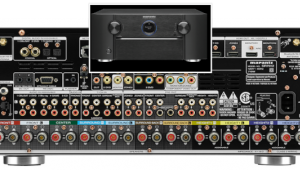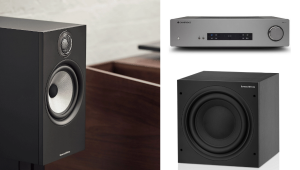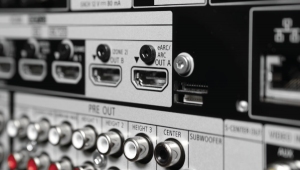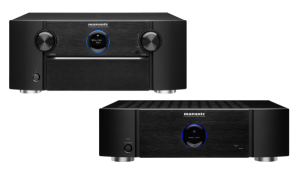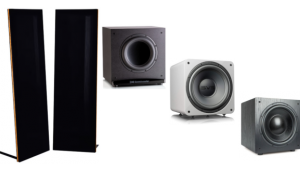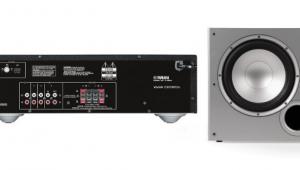Projector Behind the Screen
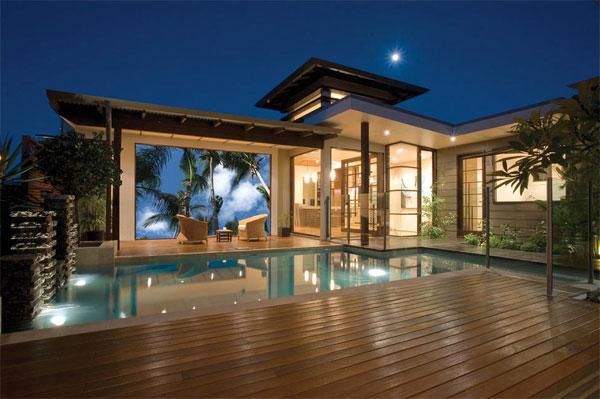
Duane Clemens
You make some good points here. The market for a rear-projection system (as opposed to an all-in-one rear-projection TV) is very small because such a system is very expensive. Not only does it require a second room dedicated to the projector (with extra cooling to handle the heat), but the screen must be built into a wall, which is much more involved than hanging a front-projection screen. Also, good rear-projection screen material for such a system ain't cheapfor example, a 96x54-inch piece of Stewart StarGlas 60 with anti-reflective coating and Quickstall frame will set you back $10,660, more than three times as much as a front-projection screen of the same size.
You're also correct that such a rear-projection system offers several advantages over front projection. Aside from eliminating the projector's noise and heat from the viewing room, you needn't worry about walking in front of the projector and casting a shadow on the picture. And depending on how bright the projector is, this type of system can stand up to some amount of ambient light and still look goodit's sort of like a giant flat-panel TV. You can even install such a system so the viewing area is outdoors (as seen in the photo above), while the projector is protected in its own room.
However, I'm not sure I agree that the picture quality is inherently better than a front-projection system. If the screen material is not top-notch, you could see hot-spotting (which is a potential problem with front-projection screens as well). Granted, with a good screen, the image quality of a rear-projection system is likely to be better than front projection in the presence of some ambient light, but in a dark room, I wouldn't say one is necessarily better than the other.
If you have an A/V question, please send it to askhometheater@gmail.com.
